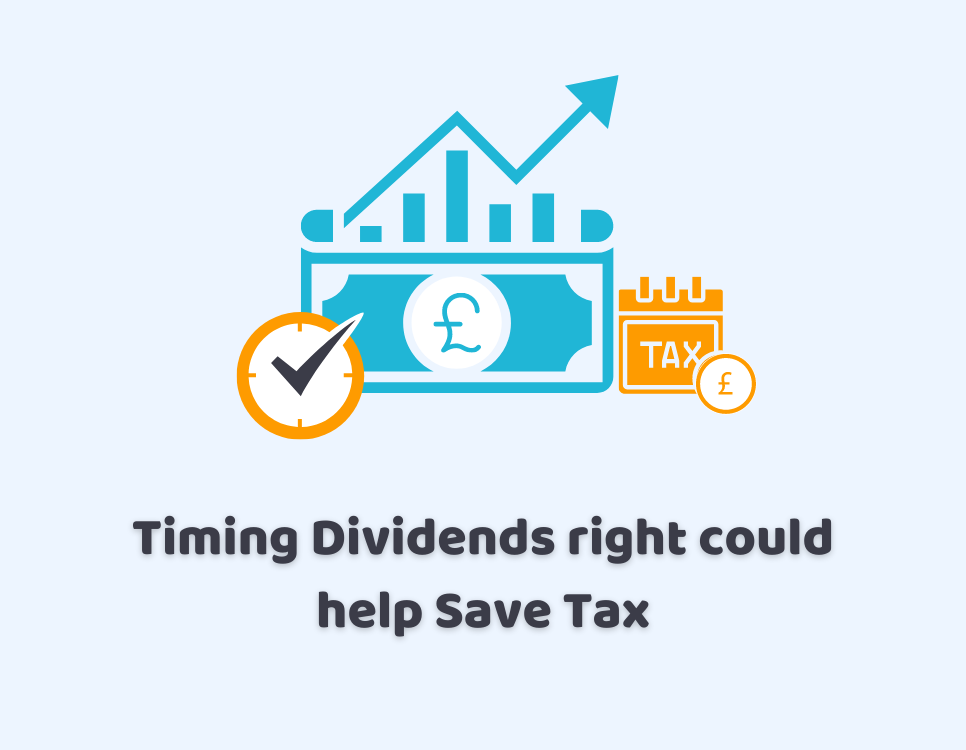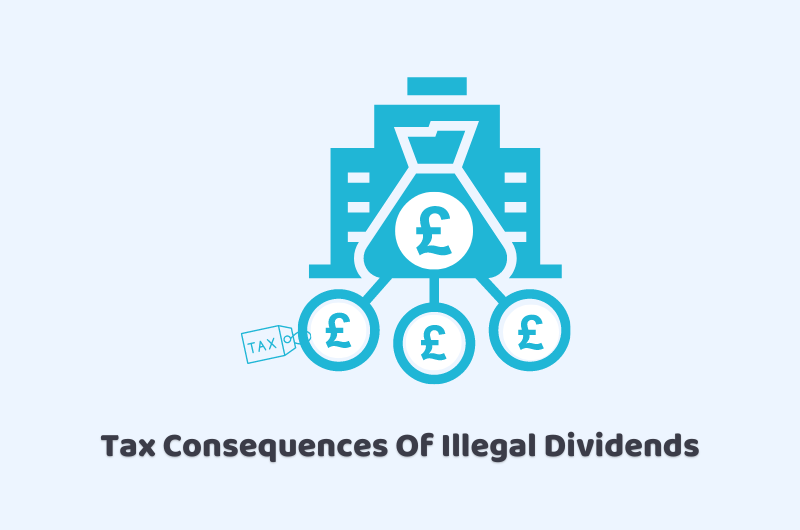
12/08/2019Personal Tax , Tax Issues , Tax Saving Tips
Timing the date of a dividend payment from a company can determine both the amount and the due date of the tax payable. This may be a particularly useful strategy in a close- or family-owned company.
The dividend allowance, which was originally introduced from 6 April 2016, was cut from £5,000 a year to £2,000 from 6 April 2018. Fortunately, the tax rates on dividend income, above the allowance, remain at 7.5% for basic rate taxpayers, 32.5% for higher rate taxpayers, and 38.1% for additional rate taxpayers.
The amount of tax on dividends income is determined by the amount of overall income an individual receives during a tax year. This includes earnings, savings, dividends, and non-dividend income. The amount of tax on dividends paid depends primarily on which tax band the first £2,000 falls in.
Accelerating payment
The timing of the dividend payment may have a marked impact on the directors’ and shareholders’ personal tax situation. A dividend is not paid until the shareholder receives the funds directly or the dividend amount is put unreservedly at his or her disposal, for example by a credit to a loan account on which the shareholder has the power to draw. If the personal tax allowance and basic rate band for a tax year have not been fully utilized towards the end of the tax year, payment of a dividend may mean that the unused portion can be mopped up.
Example
Graham is the sole director and shareholder of a limited company.
He is considering whether to pay a dividend before the end of the 2019/20 tax year. In that tax year, he has other income of £25,000. He has retained profits in the company of £100,000.
For 2019/20 the personal tax allowance is £12,500 and the basic rate tax band is £37,500. The dividend allowance is £2,000.
If Graham pays a dividend of £27,000 before the end of the 2019/20 tax year, he will fully utilize his basic rate band and will be liable to tax at 7.5% on the £25,000 of the dividend income (the first £2,000 of the dividend being covered by the dividend allowance).
Delaying payment
Where the shareholder already has income exceeding the basic rate band in one tax year, delaying the dividend until the start of the next tax year could save tax.
Example
Following on from the above example, say Graham has already paid himself a salary of £50,000 in the 2019/20 tax year, thus fully using up his basic rate band. If he pays the £27,000 dividend before the end of the tax year, he will pay tax on it of £8,125 (£27,000 – £2,000 allowance x 32.5%). This tax will be due for payment on 31 January 2021.
If he waits until the start of the next tax year (2020/21) to pay the dividend, and also receives a salary of £25,000 during that year, the tax due on the dividend will be £1,875 (£25,000 x 7.5%) – a potential saving of £6,250. Graham will also benefit from a delay in the due date for payment of the tax until 31 January 2022.
Fluctuating income
Dividend payments can often be timed to smooth a director/shareholder’s earnings year-on-year. Broadly, where profits fluctuate, a company could consider declaring and paying dividends equally each year, or by declaring a smaller dividend in the first year (when profits are higher) and treating the remainder of the payment as a shareholder loan. At the start of the next tax year, a further (smaller) dividend can be declared, which will repay the loan. Care must be taken with this type of arrangement, not least because the loan must be repaid within nine months of the company’s year-end to avoid a tax charge arising on the company.
The family business potentially offers considerable scope for structuring tax-efficient payments to family members using a mixture of both salary and dividends. A pre-dividend review may be particularly beneficial towards the end of the company’s year-end.
Additional Note: ITA 2017, s 8 and s 13A; F(No 2)A 2017, s 8; CTA 2010, s 455



